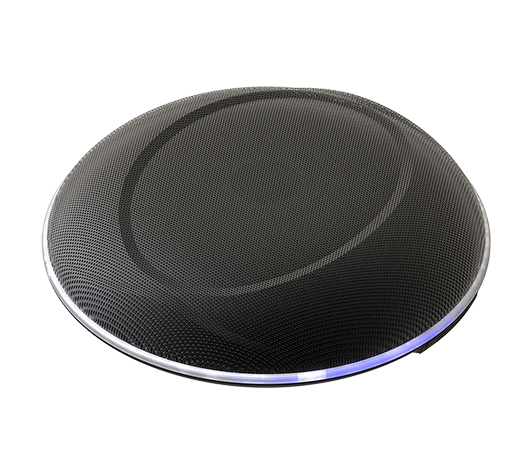
- English
- Español
- Português
- русский
- Français
- 日本語
- Deutsch
- tiếng Việt
- Italiano
- Nederlands
- ภาษาไทย
- Polski
- 한국어
- Svenska
- magyar
- Malay
- বাংলা ভাষার
- Dansk
- Suomi
- हिन्दी
- 繁体中文
- العربية
- Indonesia
- فارسی
- Eesti Keel
- Srpski језик
- Afrikaans
- icelandic
- беларускі
- Hrvatski
- ភាសាខ្មែរ
- ქართული
- Maori
- Тоҷикӣ
- O'zbek
- Հայերեն
- Lietuvos
- שפה עברית
- Pilipino
- Türkçe
- Gaeilge
- Norsk
- český
- ελληνικά
- український
- български
- ລາວ
- Latine
- Қазақша
- Slovenský jazyk
What Is The Difference Between An Array Microphone And An Ordinary Microphone?
2025-04-01
When exploring the core differences between an Array Microphone and a traditional microphone, we first need to understand the characteristics of each. Traditional microphones, as basic devices that convert sound waves into electrical signals, are widely used in various sound amplification, recording and transmission scenarios.

Array Microphones, on the other hand, are a special type that integrates multiple microphone elements to achieve higher-precision audio recording. These microphones are usually arranged in a regular geometric pattern and are designed to capture sound signals in different directions. By combining the signals of multiple microphones, clearer and more accurate sound signals can be obtained to meet the needs of specific application scenarios. For example, in the fields of speech recognition, audio conferencing, video conferencing, voice control and voice search.
The core advantage of an Array Microphone lies in its combination design of multiple microphone elements. This design not only allows it to capture sounds from different locations, but also achieves precise positioning and capture of specific sound sources through precise layout adjustments. This feature makes array microphones significantly superior to traditional microphones in terms of the accuracy and quality of audio recording.
In addition, Array Microphone also has a larger coverage area and can capture audio from multiple sound sources at the same time, further improving its flexibility and practicality in practical applications.
There are also certain differences between Array Microphone and ordinary microphones in terms of sound collection quality and sensitivity. Since Array Microphone uses multiple microphones for signal collection and processing, it is usually better than ordinary microphones in terms of sound quality, noise suppression and signal-to-noise ratio. Ordinary microphones are usually better in terms of sensitivity and signal transmission speed.
When using Array Microphone, you need to pay attention to choosing the appropriate array type and placement. Common array types include linear arrays, circular arrays, and rectangular arrays. Different types of arrays have different sound capture ranges and directivities, so they should be selected according to specific application scenarios. At the same time, the placement of the microphone array is also very important. The placement should avoid being close to the noise source, and the distance between each microphone should be appropriate to ensure the best sound collection effect.
It should be noted that although Array Microphone and microphones have different working principles and application scenarios, they can also replace each other in some aspects. For example, if you need to capture sound signals in one direction, ordinary microphones can also achieve this function through directional design. Therefore, when choosing a microphone, you should choose according to the actual application requirements and choose the product that best suits your needs.
In summary, there are significant core differences between array microphones and traditional microphones in terms of audio recording accuracy, sound source positioning, and coverage. These differences enable array microphones to provide superior performance and effects when meeting specific audio recording needs.



